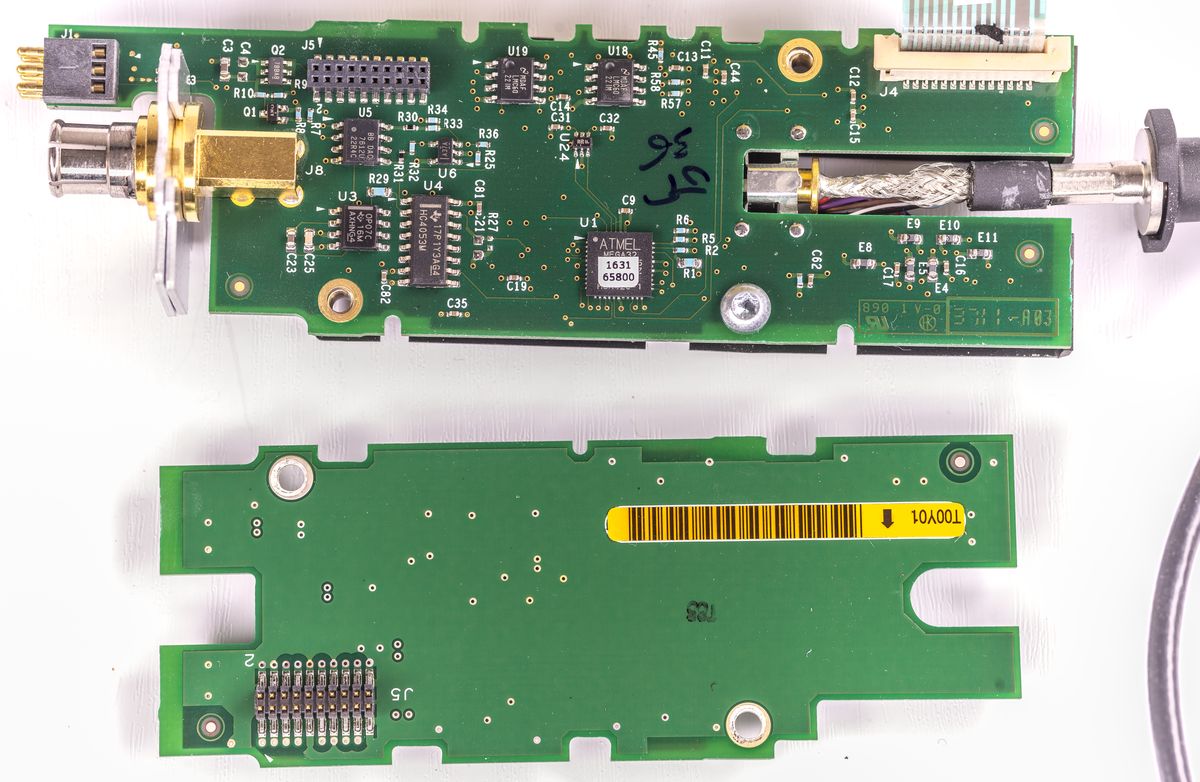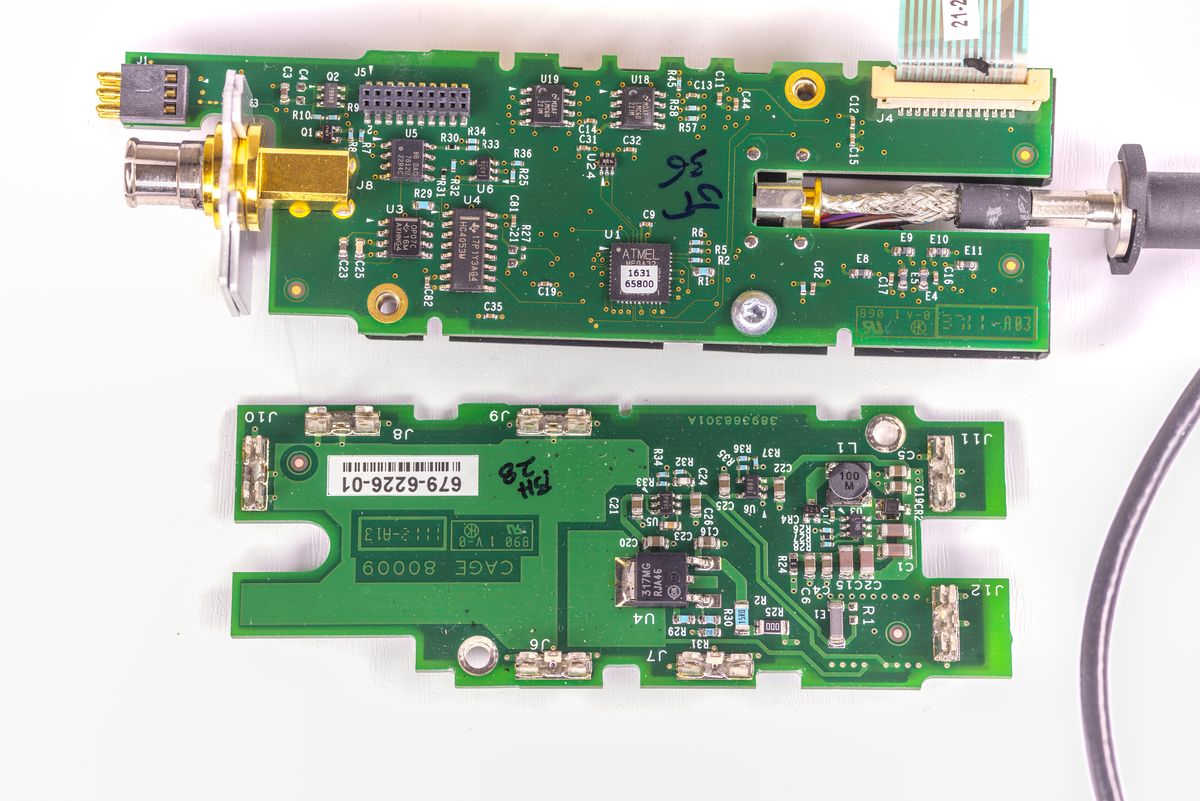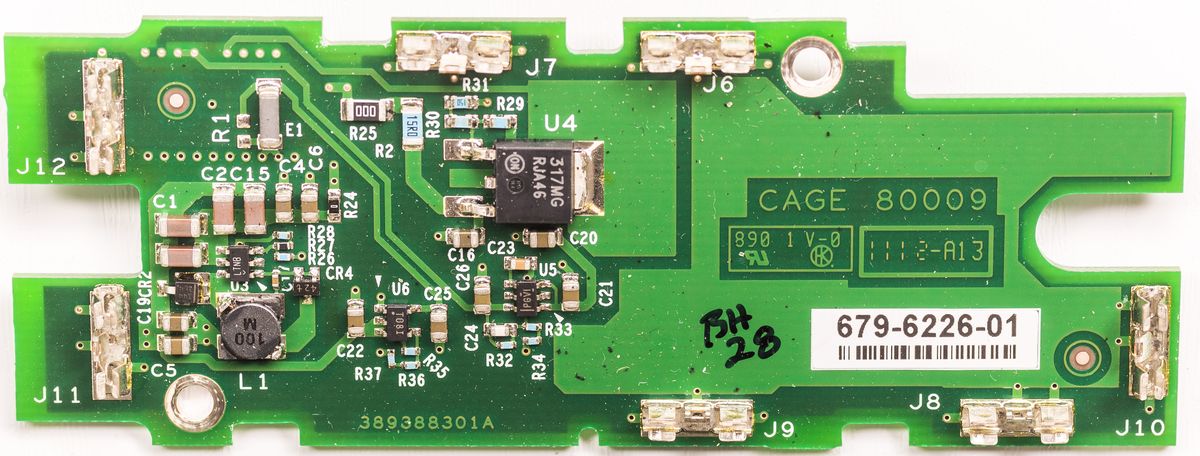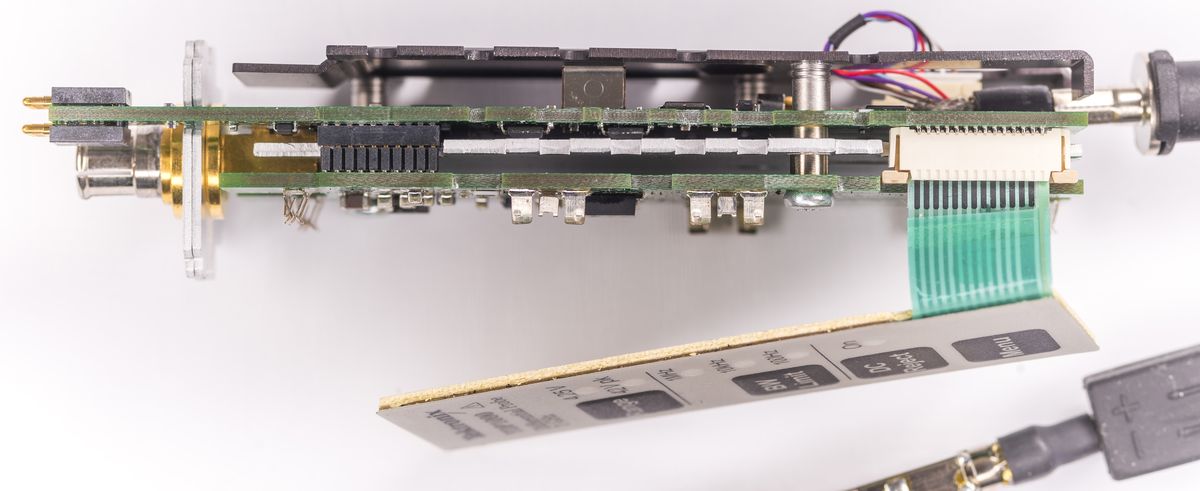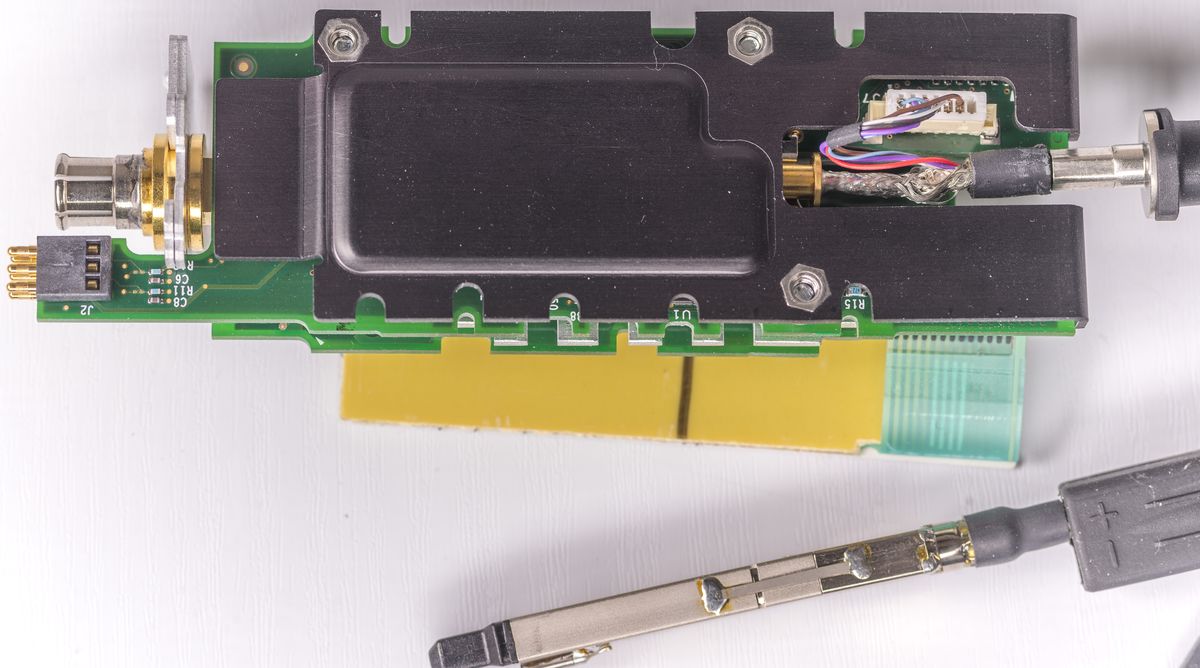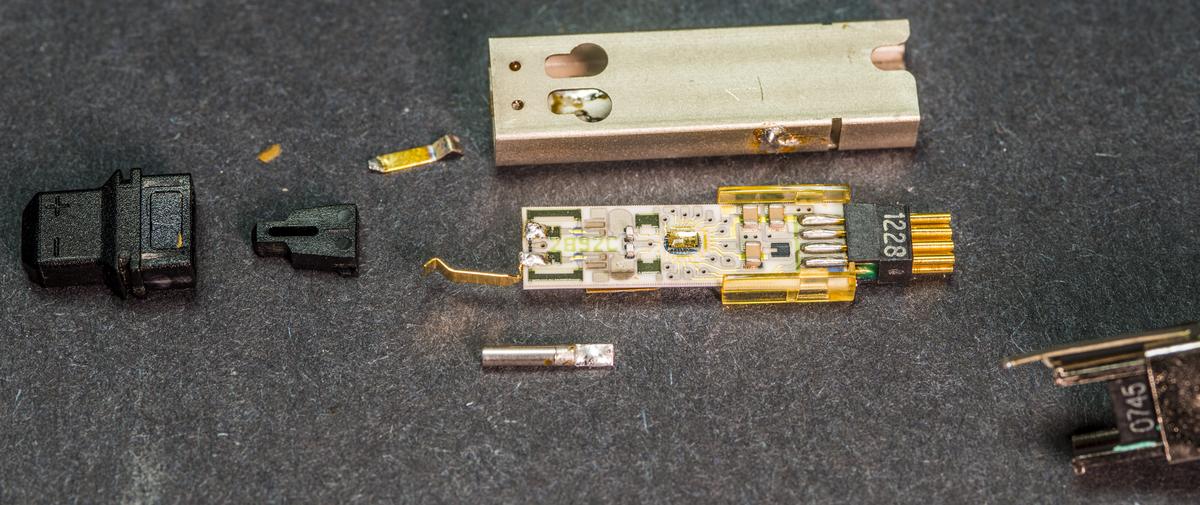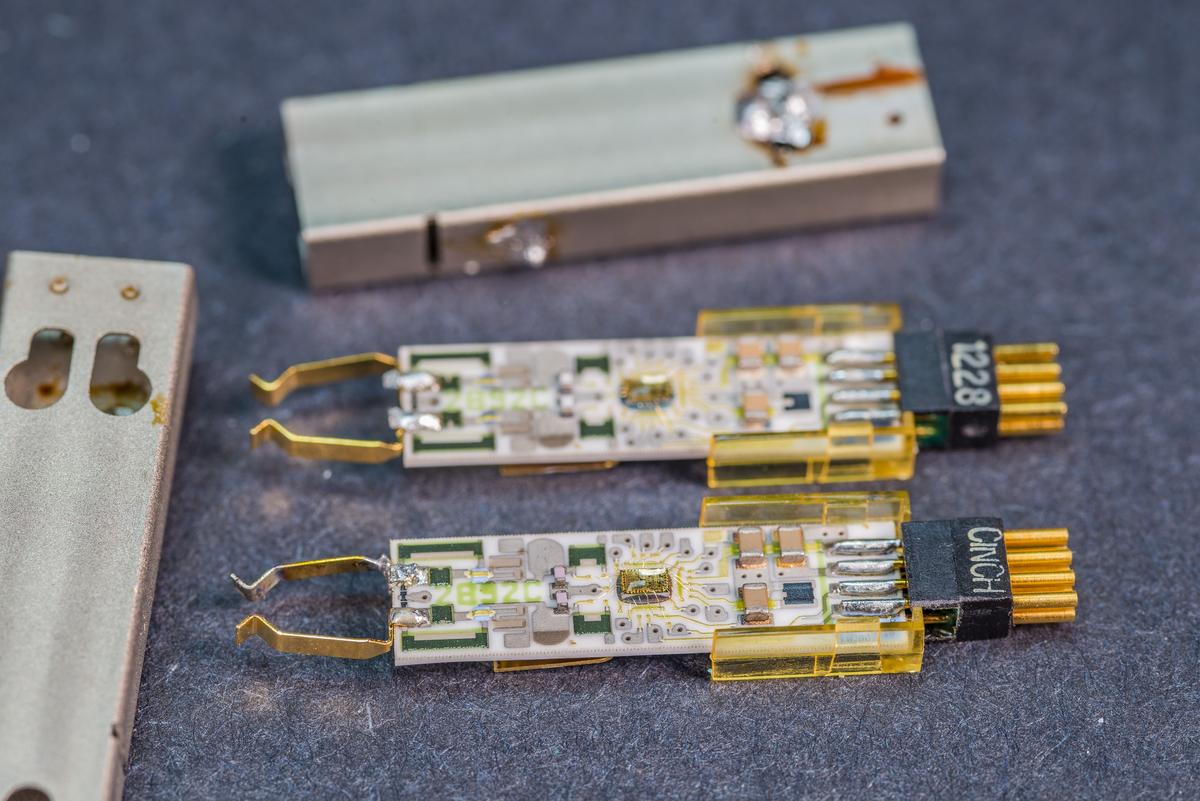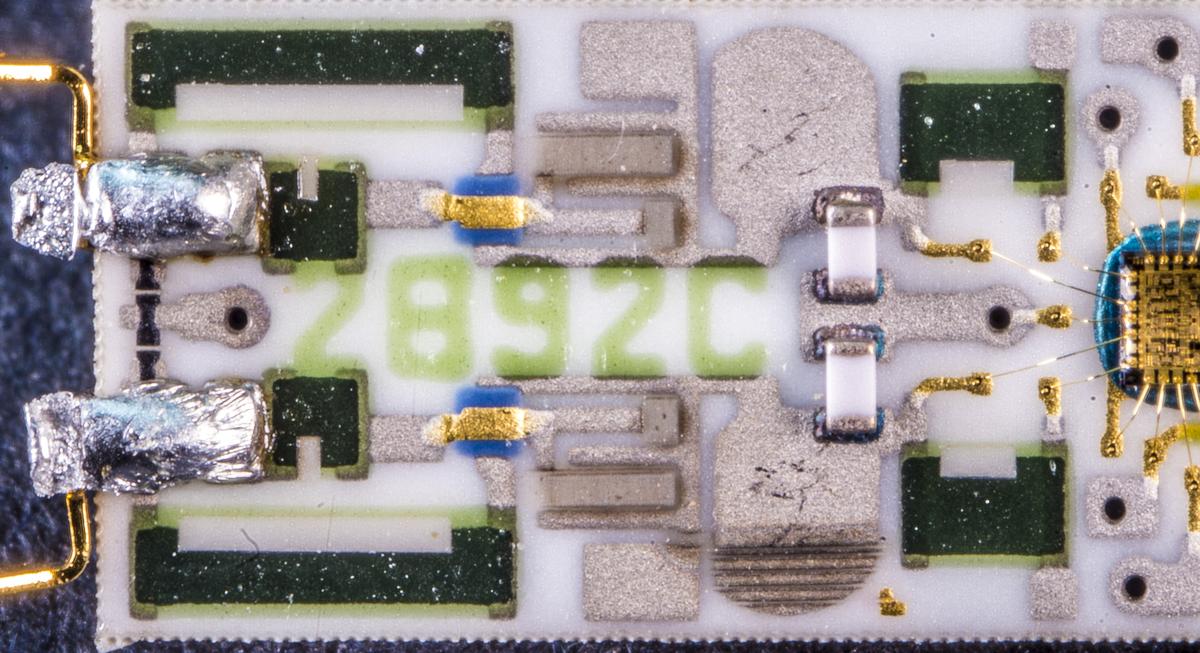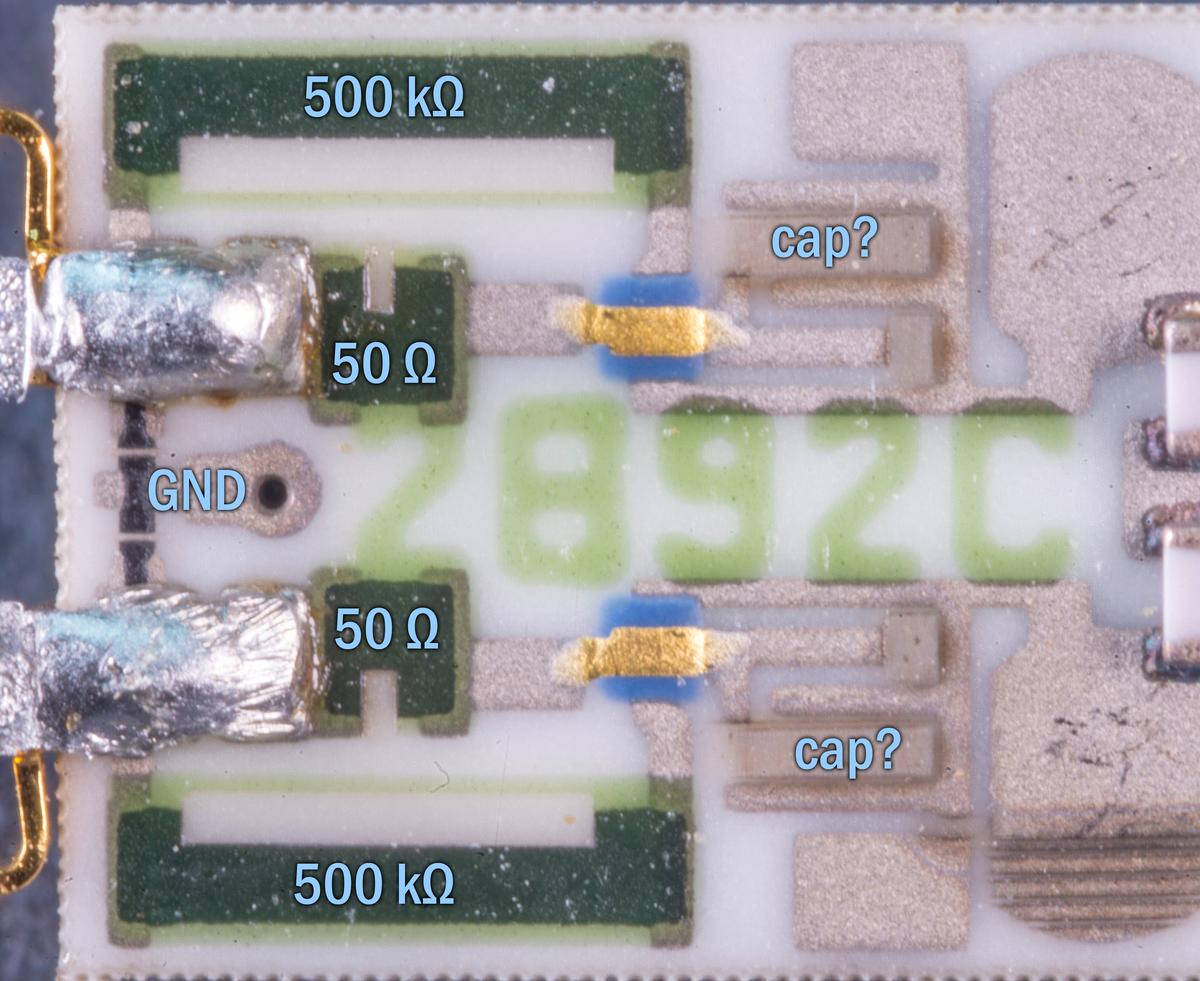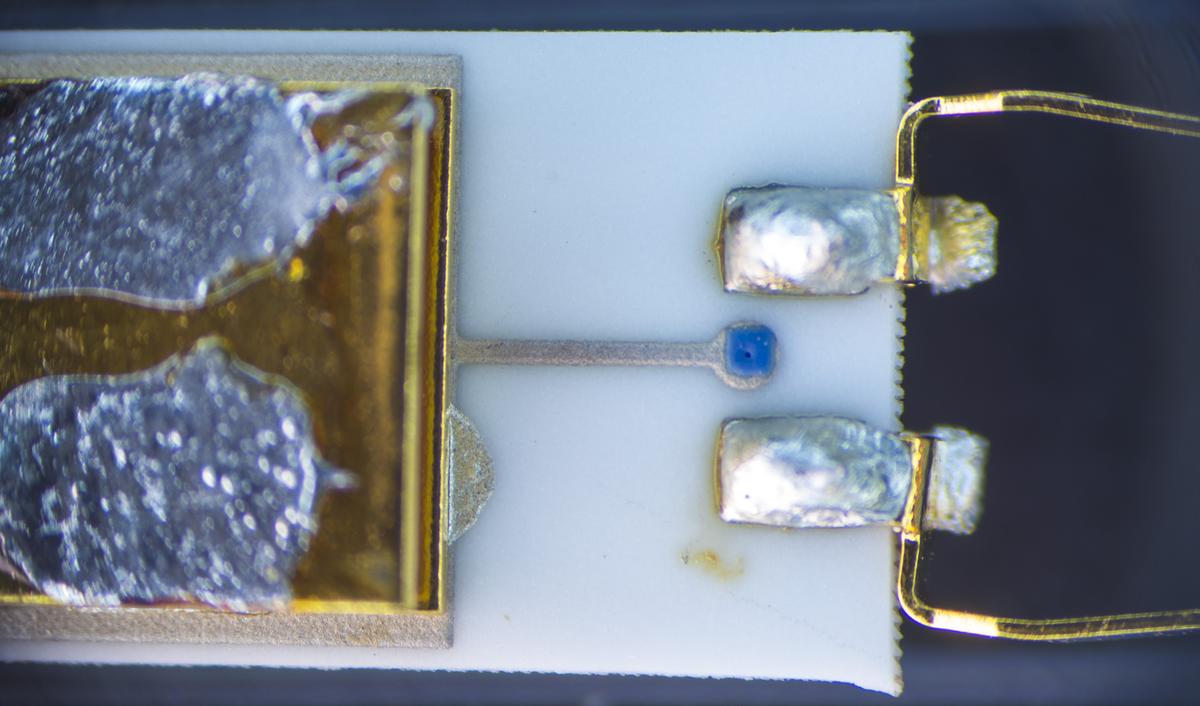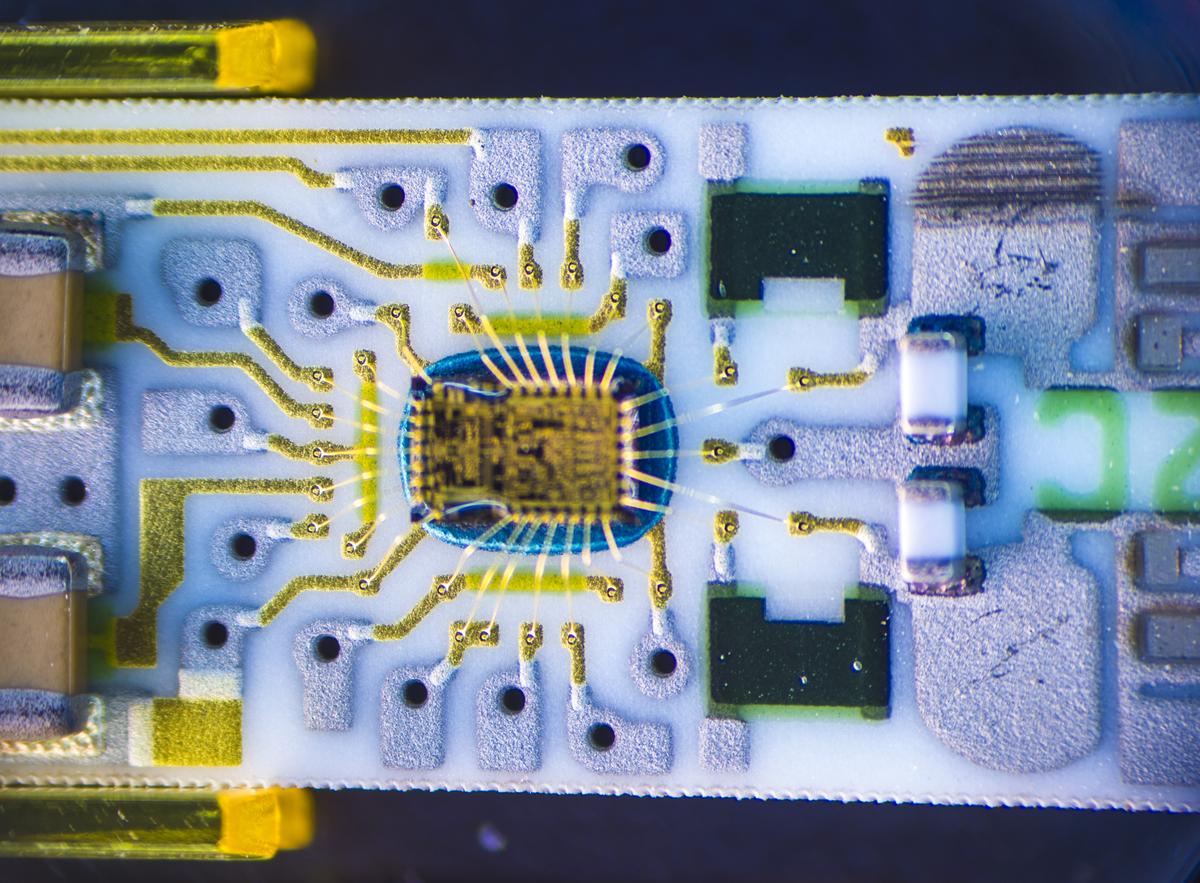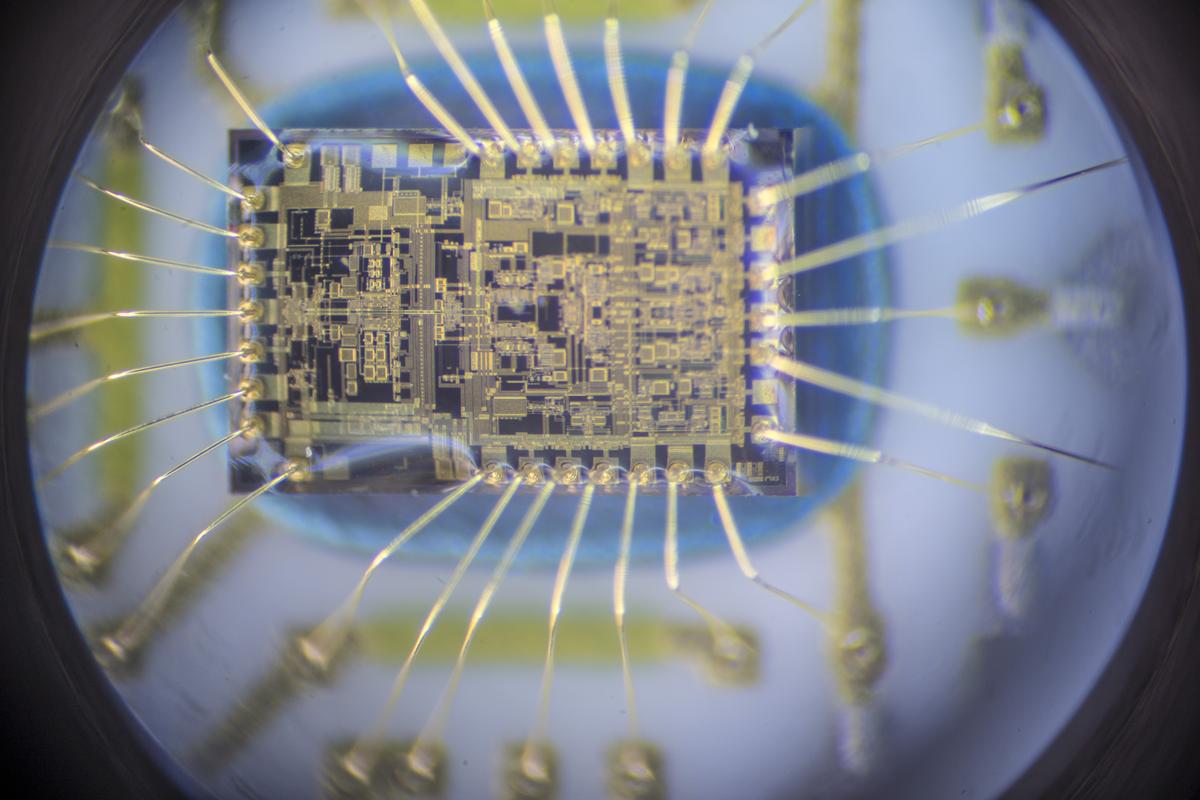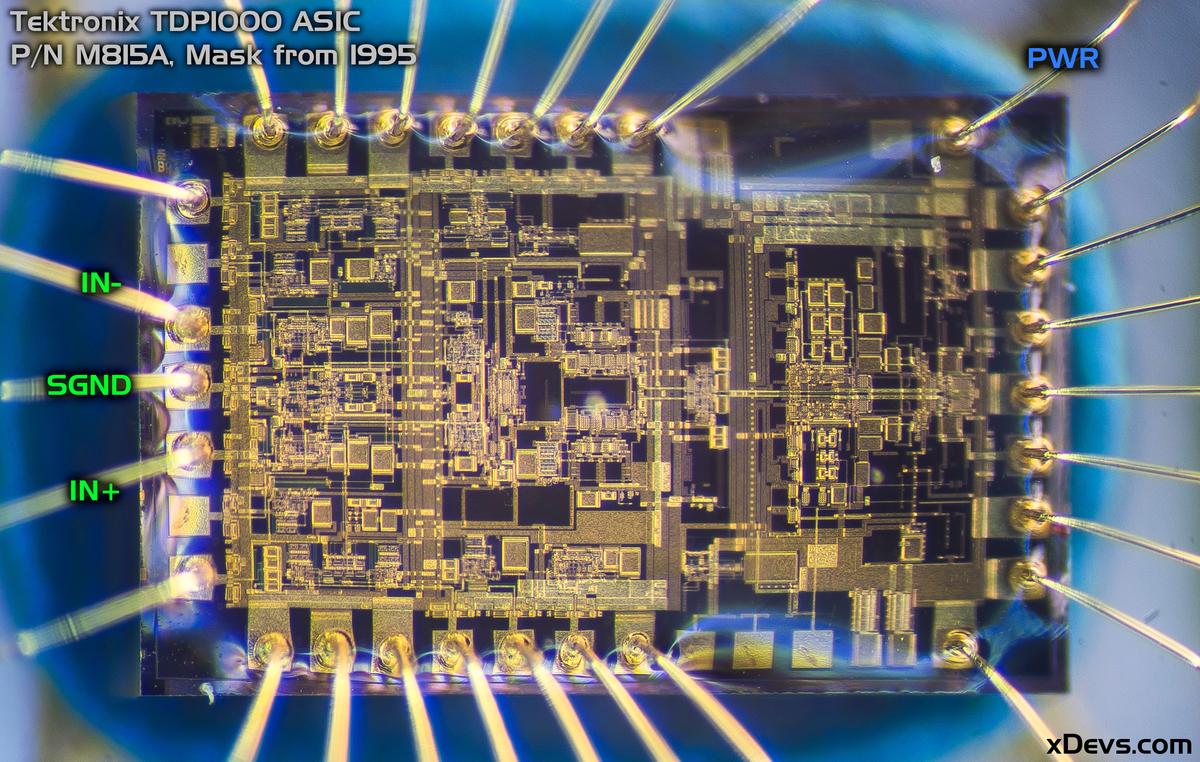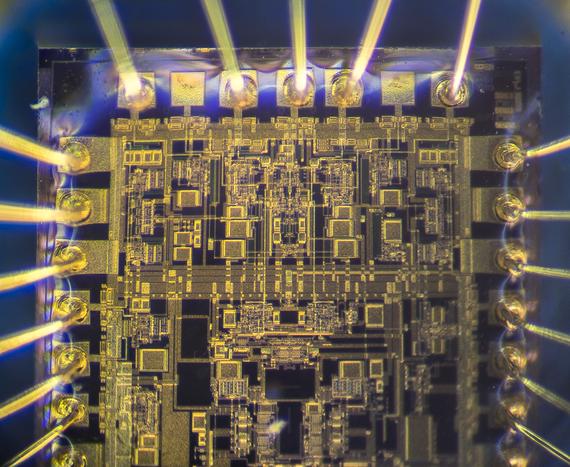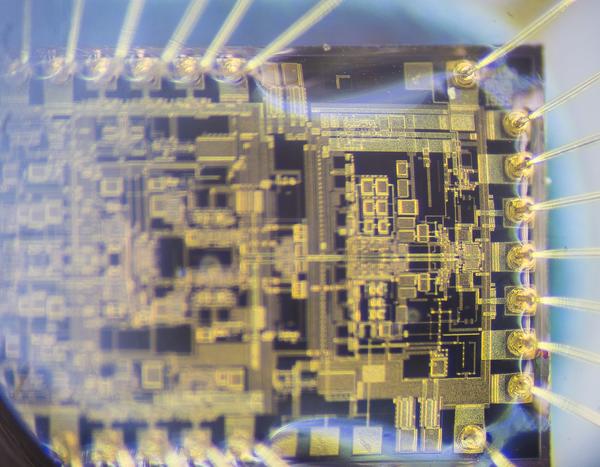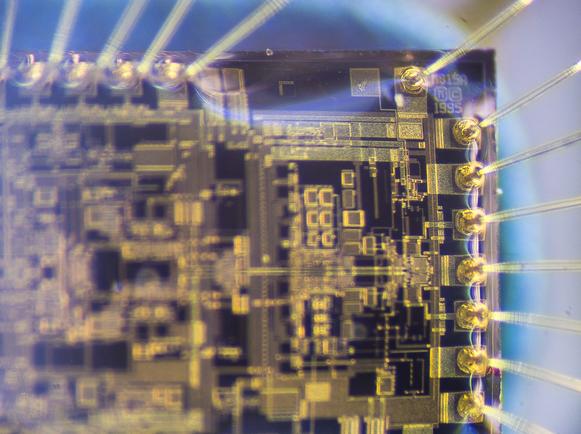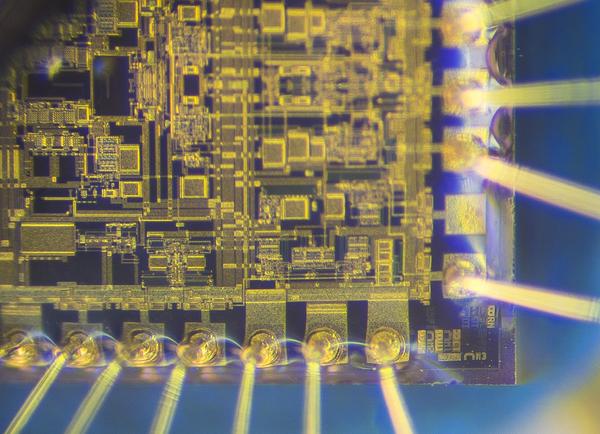- Introduction
- Diagnostics and initial checks
- Teardown
- Troubleshooting attempt and second probe repair
- Benchmarks
Introduction
Active probe such as Tektronix TDP1000 rated for providing 1 GHz bandwidth and designed to operate in single-ended or differential mode. It have good high-speed electrical and robust mechanical connection for probing. It is current generation probe designed for Tektronix oscilloscopes TekVPI™ probe interface or older TekProbe™ BNC ports.
Feature set of this probe:
- 1 GHz analog bandwidth
- less than 1pF differential input capacitance
- 1 MΩ differential input resistance
- ±42 V (DC+pk AC) differential input voltage and input offset range
- Attenuation x5 or x50
- Noise level <2mVRMS at x5 or <1mVRMS at x50
- Rise time <350 ps (for TDP1000/P6251)
- >18 dB CMRR at 250 MHz
- Selectable 100 Hz, 10 kHz, 1 MHz or full BW
- DC reject at 0.4 Hz (x5) or 4 Hz (x50)
I’ve bought this probe as broken/for parts. MSRP for the new Tek TDP1000 is around $4600 USD.
Manuals and service information
TDP0500 & TDP1000 500 MHz & 1 GHz High Voltage Differential Probes Quick Start User Manual
TDP0500 & TDP1000 High Voltage Differential Probes Technical Reference
TDP0500, TDP1000 and P6251 Datasheet
Diagnostics and initial checks
Probe had no physical damage from outside, did not have any accessory bundled with sale. After connecting to Tektronix DPO7104 scope probe was correctly recognized and detected.
AC square-wave from scope’s calibration output showed up on scope just fine.
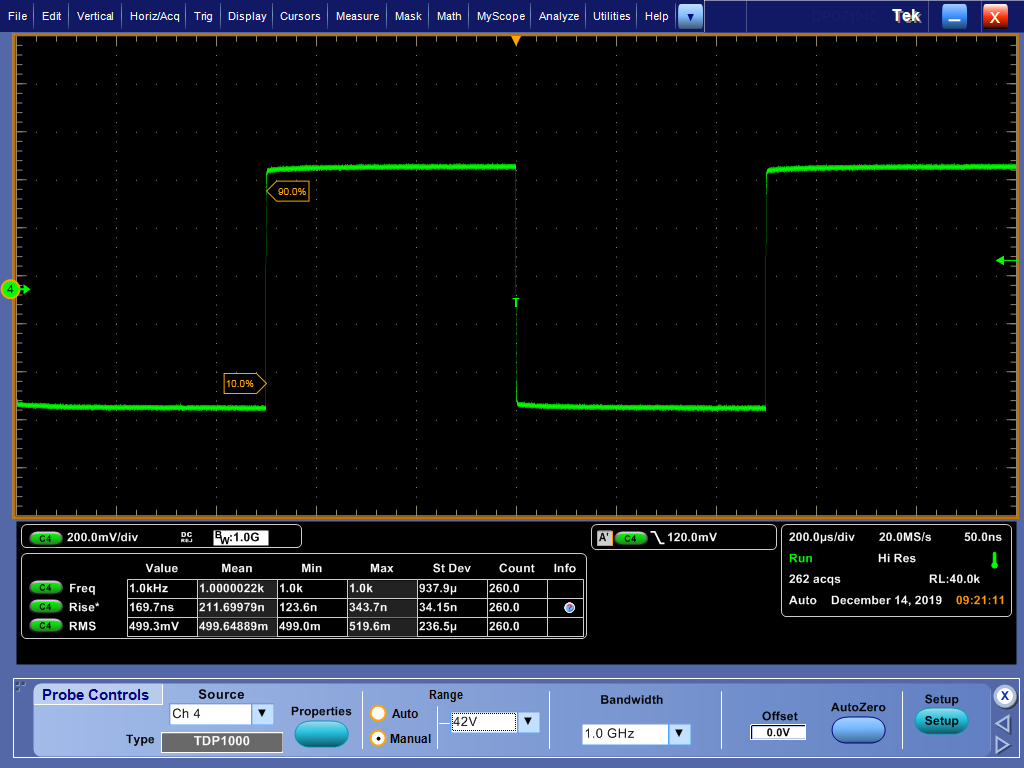
However further testing revealed that probe DC output level clipped high at +2.28 V no matter what settings used.
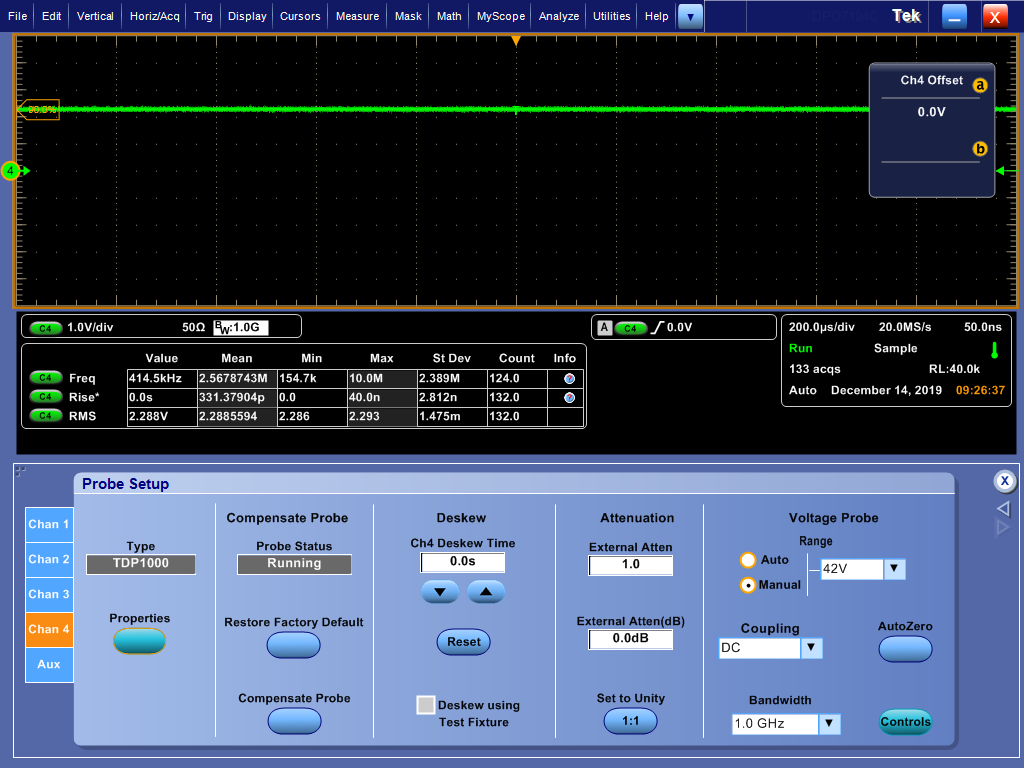
Both positive and negative inputs were able to pass signals, so it must be something damaged within active amplifier or power supply rail.
Also probe end with all high-speed die-bonded electronics getting really hot after few minutes of operation. It is normal for active probes to stay warm, but not burning finger hot.
Teardown
Probe has all auxilary electronics in connector head, that plugs into TekVPI oscilloscope port. There are two 4-layer PCBAs, mounted to each other and heatsink shields.
Typical to Tektronix probes, there is little ATMEL ATmega32 8-bit microcontroller to select various probe functions, provide digital identification for scope, store serial number, etc.
Onboard hardware handle programmable DC offset vernier function. It is implemented around BB DAC7612U which is dual-channel 12-bit fast voltage DAC. There are two dual ultra-low bias current high gain TI LMC6022 amplifiers
Second board is essentially power supply to convert input +12V Bulk from scope into auxilary rails used by probe electronics. Three is TPS73001DBV LDO for +5V rail, LM317MG in DPAK, TPS732 for negative rail and Linear LT1616 switch-mode supply for +/-15V.
Troubleshooting attempt and second probe repair
After checking all power supply rails from probe electronics block further investigation went towards active head. This head is very compact, and usually unrepairable. Fact that head in this bad probe was getting really scorching hot fast was not a good sign.
Head was carefully disassembled to get access for internal circuitry. As suspected it was very specialized bare die ASIC wirebonded to alumina/ceramic substrate with embedded film resistors and mounted capacitors. There are no easy parts to try replace, and snce I do not have replacement custom die nor a wirebonding repair on this head is essentially comes to a dead end.
However, some half year after I’ve purchased second bad TDP1000 in hopes to get one probe out of two bad ones. Scope detected second probe correctly, but any signal applied to the input was not displaying. Also both inputs were dead shorted.
Perhaps blown front end ASIC again? :(
Let’s take a little closer look on the head electronics.
Substrate has marking 2892C, perhaps some internal Tektronix / Maxtec number?
Input springy contacts are soldered to edge pad and connected to 50 and 500 kΩ resistor networks, as well as additional film structures (protection or capacitance trims?).
Solid ground connection provided on back side of the ceramic substrate by large U-shaped spring and probe casing. It’s all soldered together during probe head assembly.
Bottom side have just film resistors under blue mask, so not much interesting there.
Front side have naked Tektronix M815A (dated 1995) ASIC die with gold wire bond array. There is protective transparent epoxy gel (soft to touch) on top of die, perhaps for additional protection from dust/humidity? It made photography of the surface structures rather challenging.
Also photography thru microscope have extremely narrow focal plane, so some photos were a stack of multiple sections to get acceptable sharpness.
Result of these attempts shown below.
Inputs are on the left side, output most likely on the right side. This die is rather complex having different gain stages and onboard amplifiers to provide wide selection of bandwidths and allow ±42 VDC offset level programming at the input signals.
I found that one of input spring metal contacts was somewhat crooked in this probe head and swapped it with another good contact from previous dead TDP1000 head. Checking few voltage levels at the head returned -5.03 VDC and +4.95 VDC levels (on two large caps, third one was near 0 VDC level, perhaps some internal offset or bias cap).
Unexpectedly this probe head started working. So it was assembled together and TDP1000 passed all self-test and self-calibration procedures!
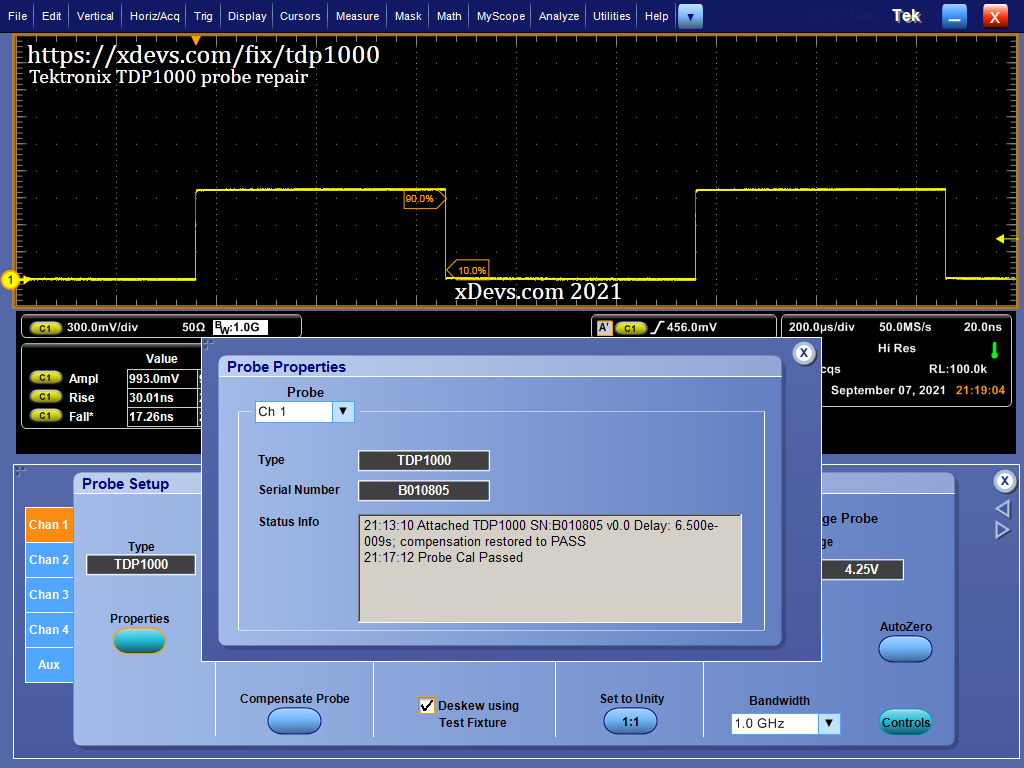
I’ll take this as a repair success!
Benchmarks and verifications
Some tests were carried out to check all ranges and functions of the TDP1000.
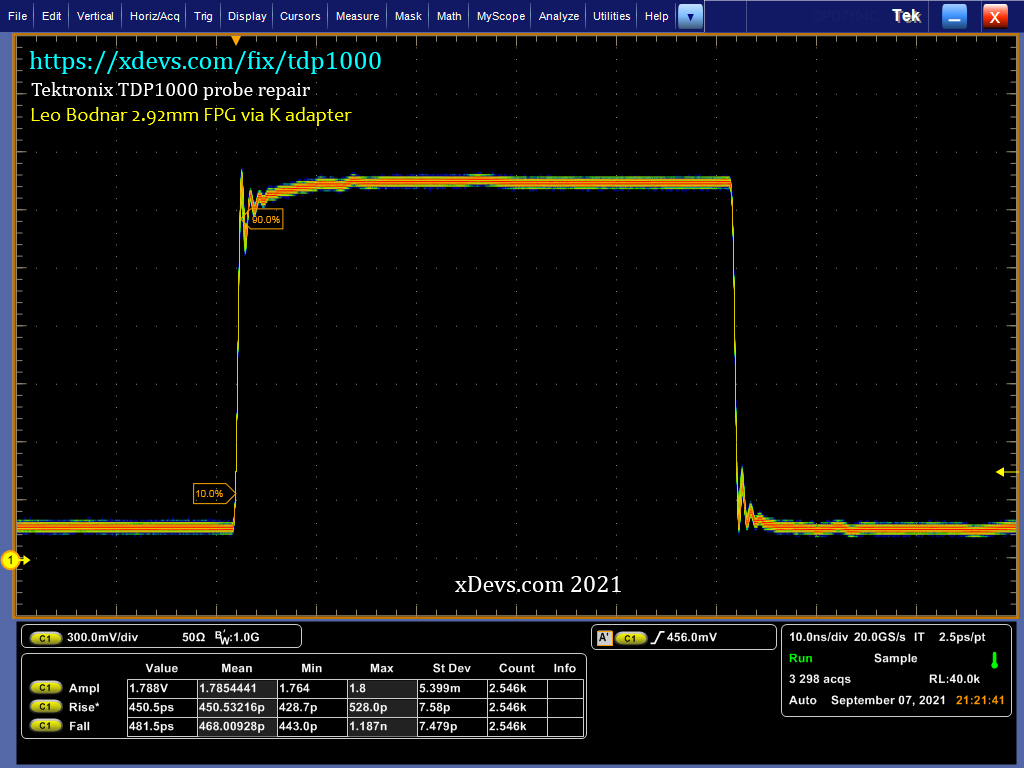
Image : Test of rise/fall time with excellent Leo Bodnar’s 2.92mm fast pulse generator (<40ps edges)
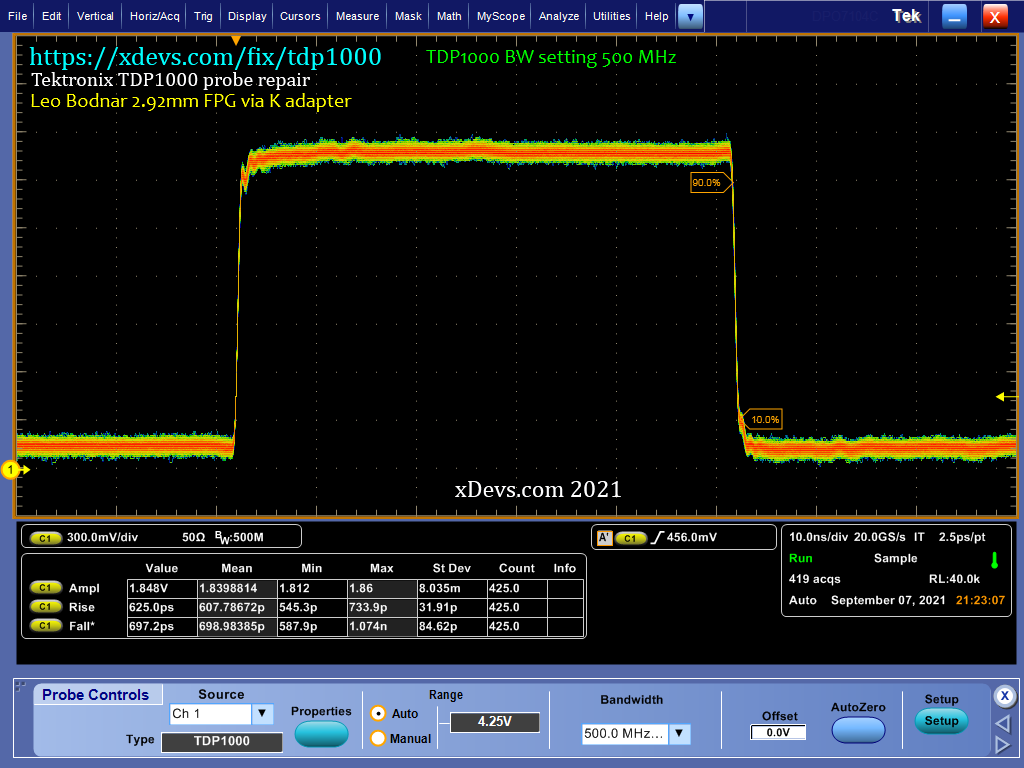
Image : Test of rise/fall time, limited to 500MHz BW
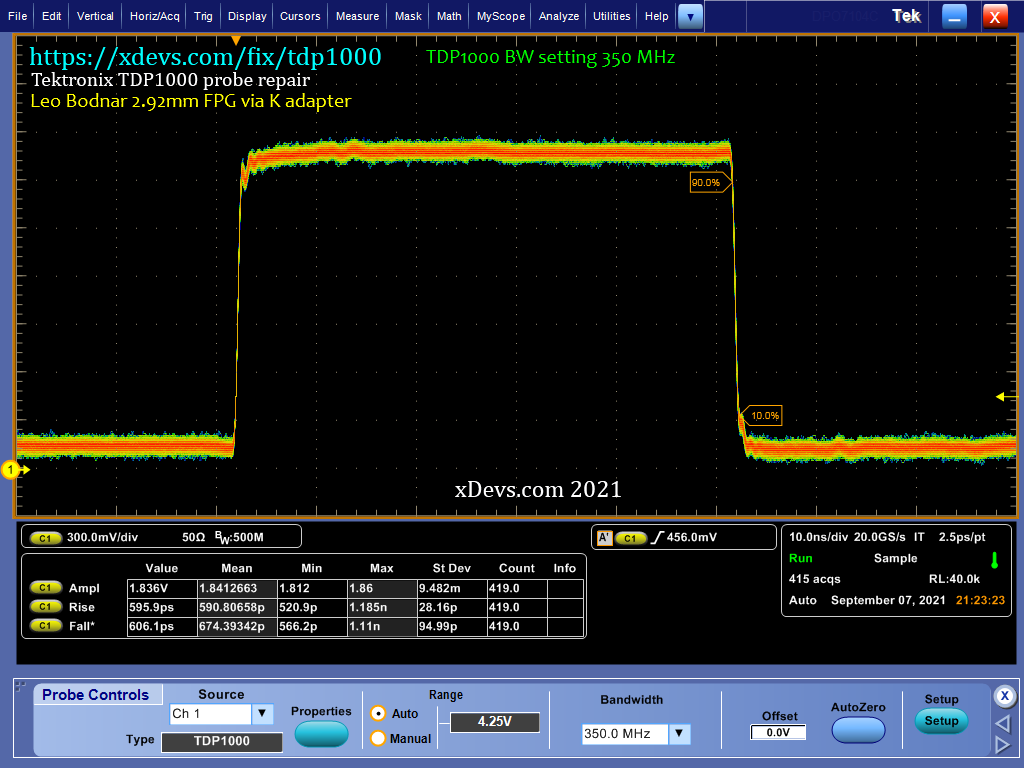
Image : Test of rise/fall time, limited to 350MHz BW
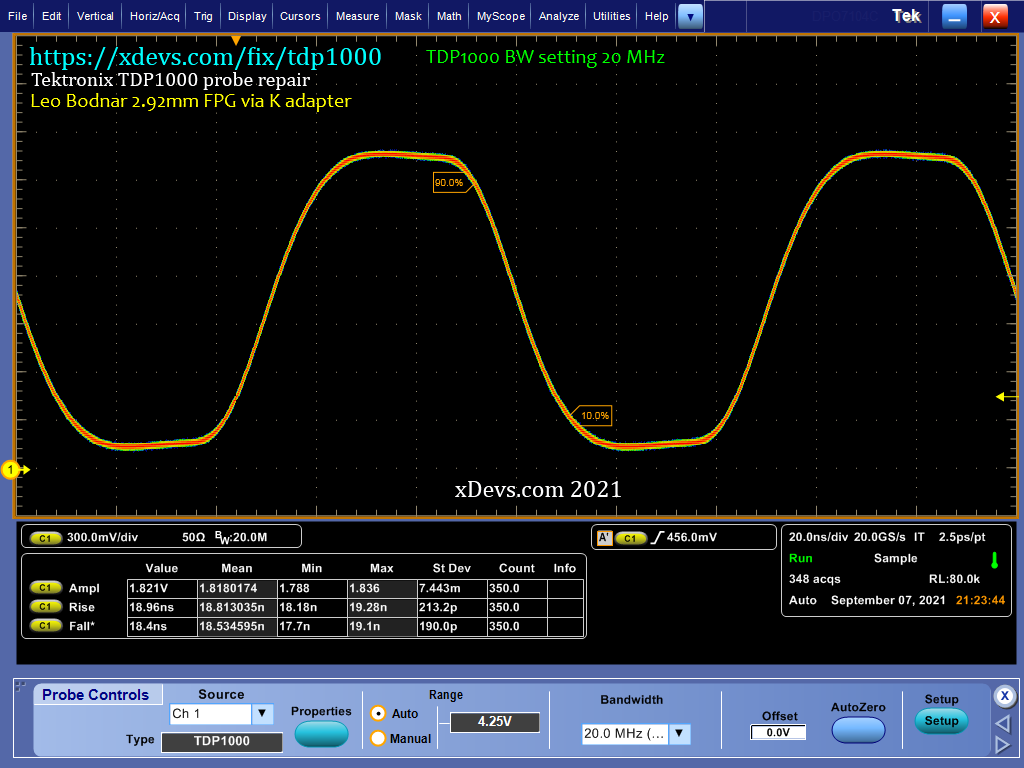
Image : Test of rise/fall time, limited to 20MHz BW
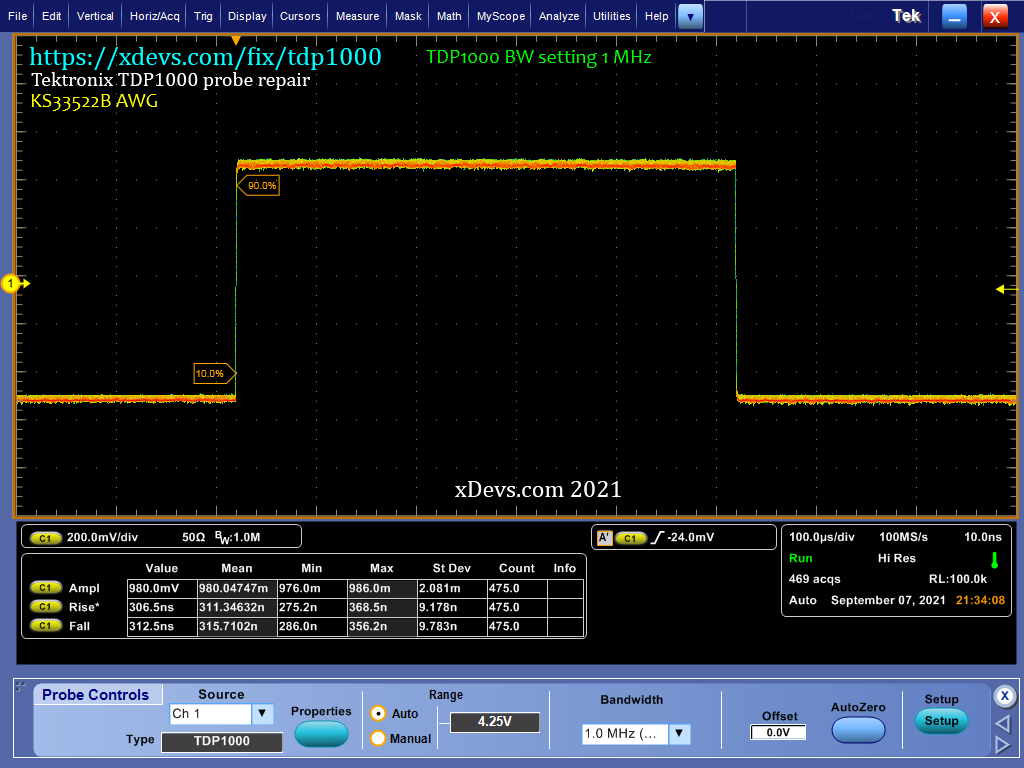
Image : Test of rise/fall time with Keysight 33522B AWG, limited to 1MHz BW
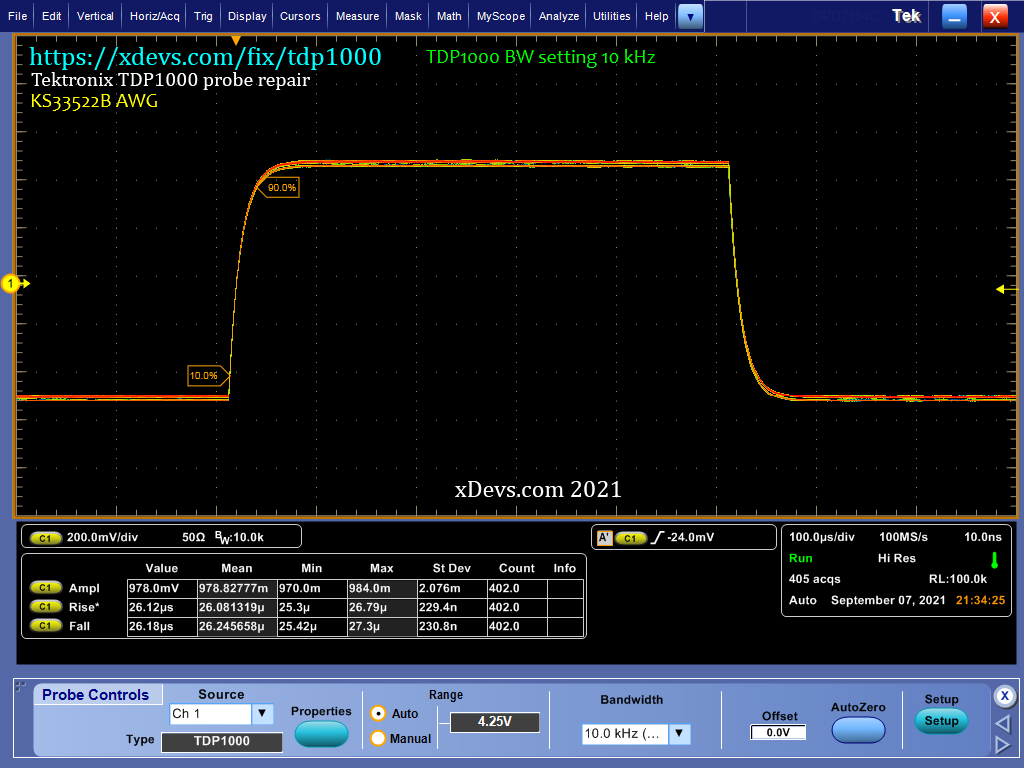
Image : Test of rise/fall time with Keysight 33522B AWG, limited to 10 kHz BW
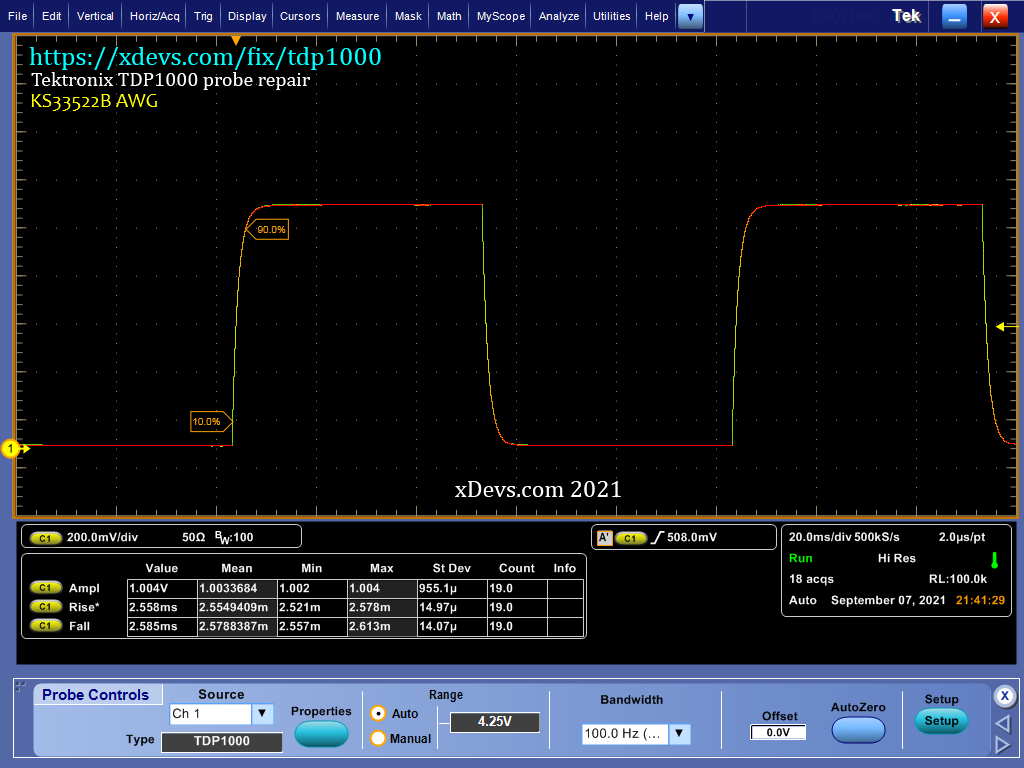
Image : Test of rise/fall time with Keysight 33522B AWG, limited to 100 Hz BW
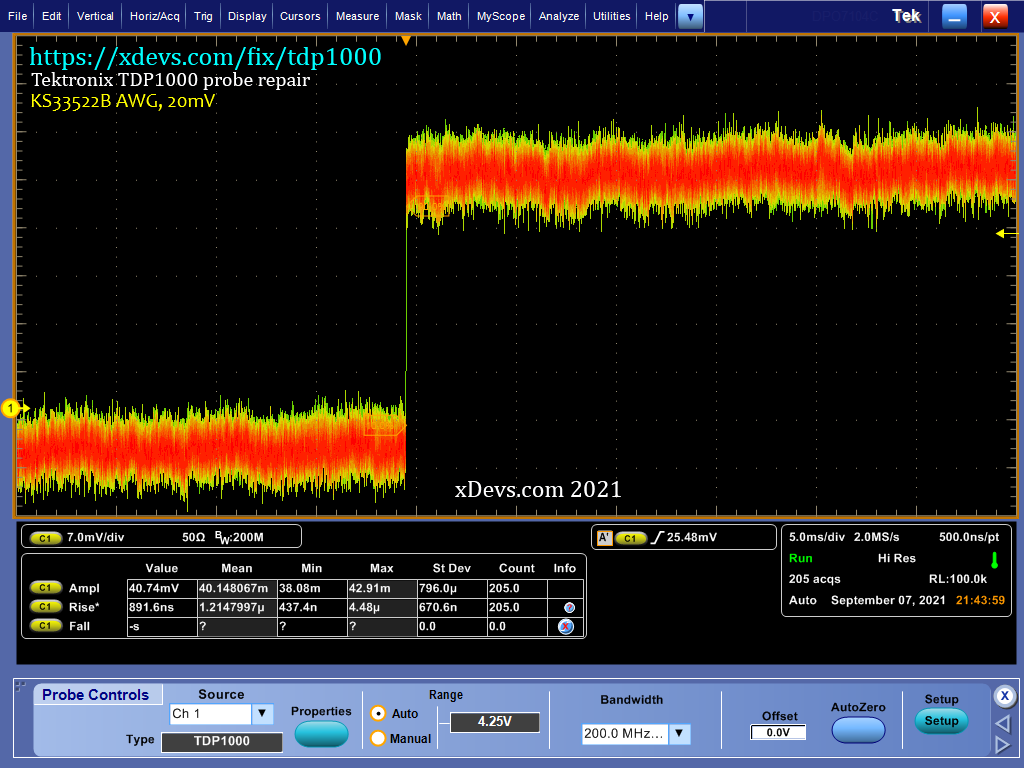
Image : Test of rise/fall time with Keysight 33522B AWG, 20mV signal, limited to 200 MHz BW
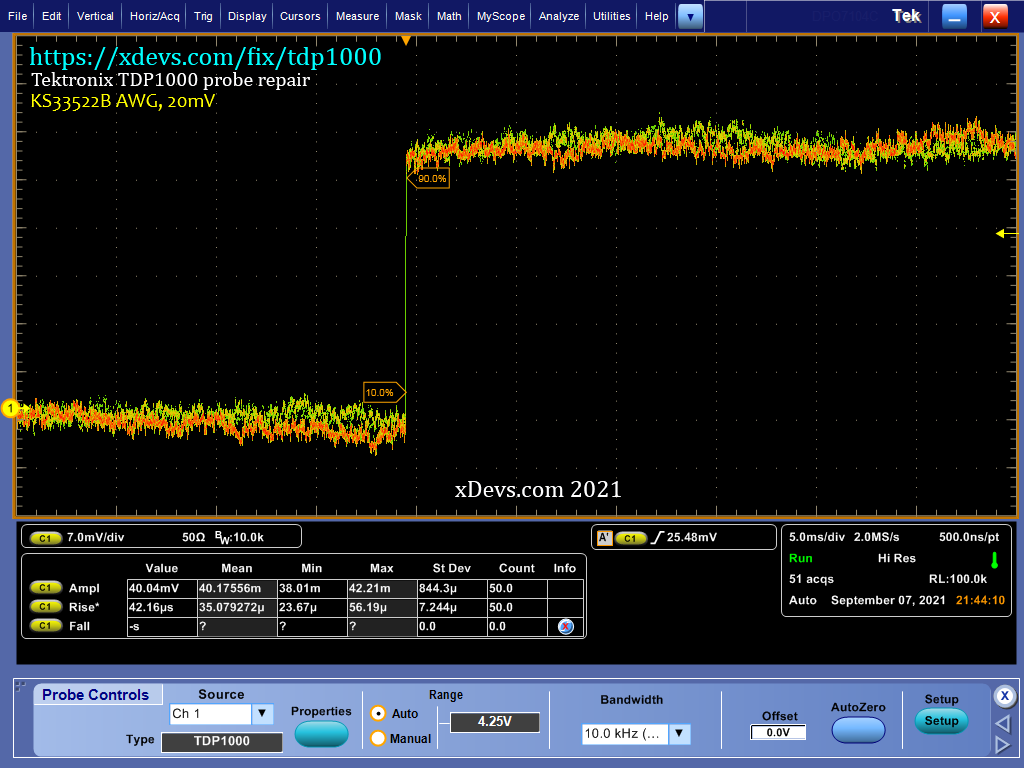
Image : Test of rise/fall time with Keysight 33522B AWG, 20mV signal, limited to 10 kHz BW
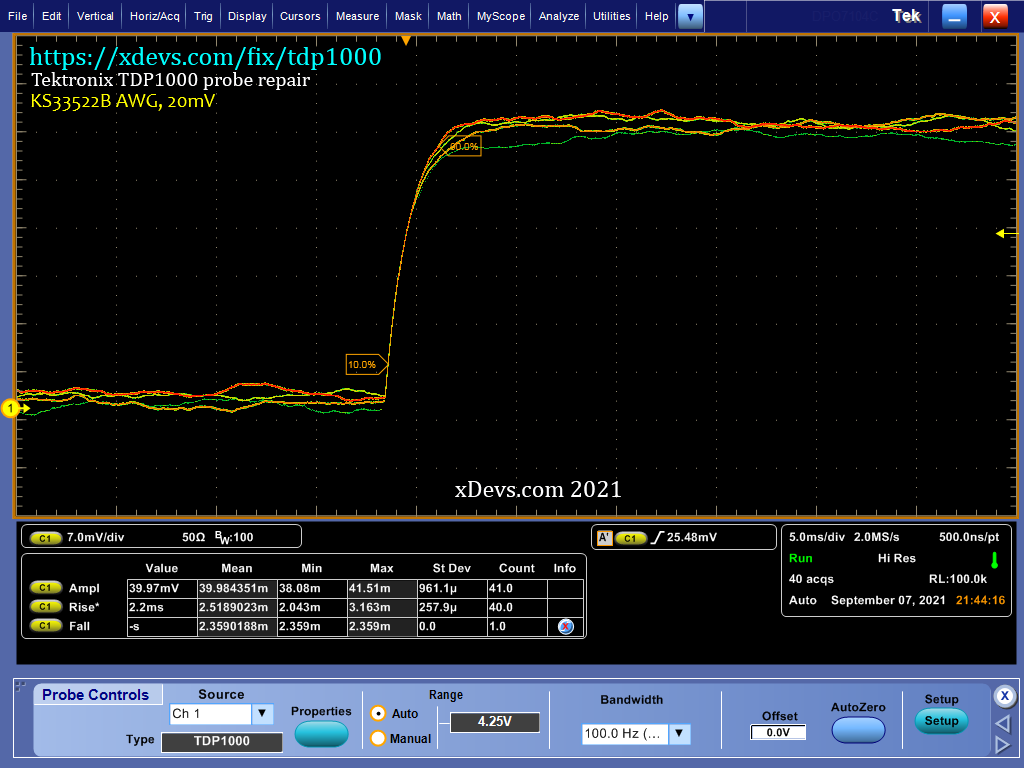
Image : Test of rise/fall time with Keysight 33522B AWG, 20mV signal, limited to 100 Hz BW
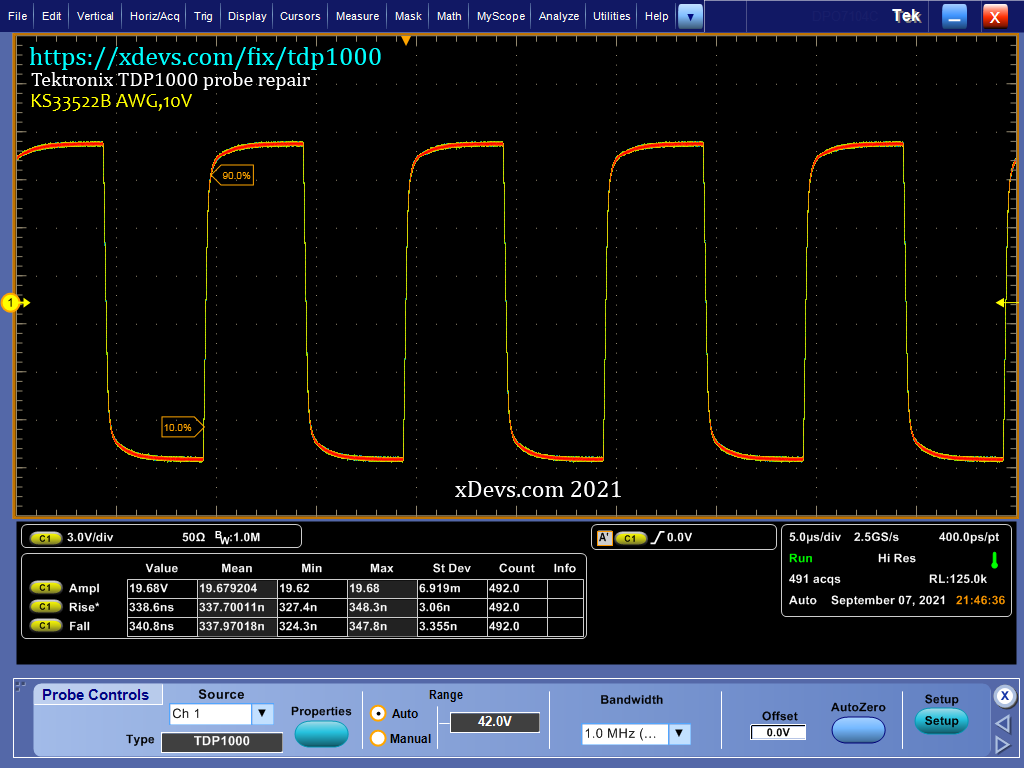
Image : Test of rise/fall time with Keysight 33522B AWG, 9.98V signal, limited to 1 MHz BW
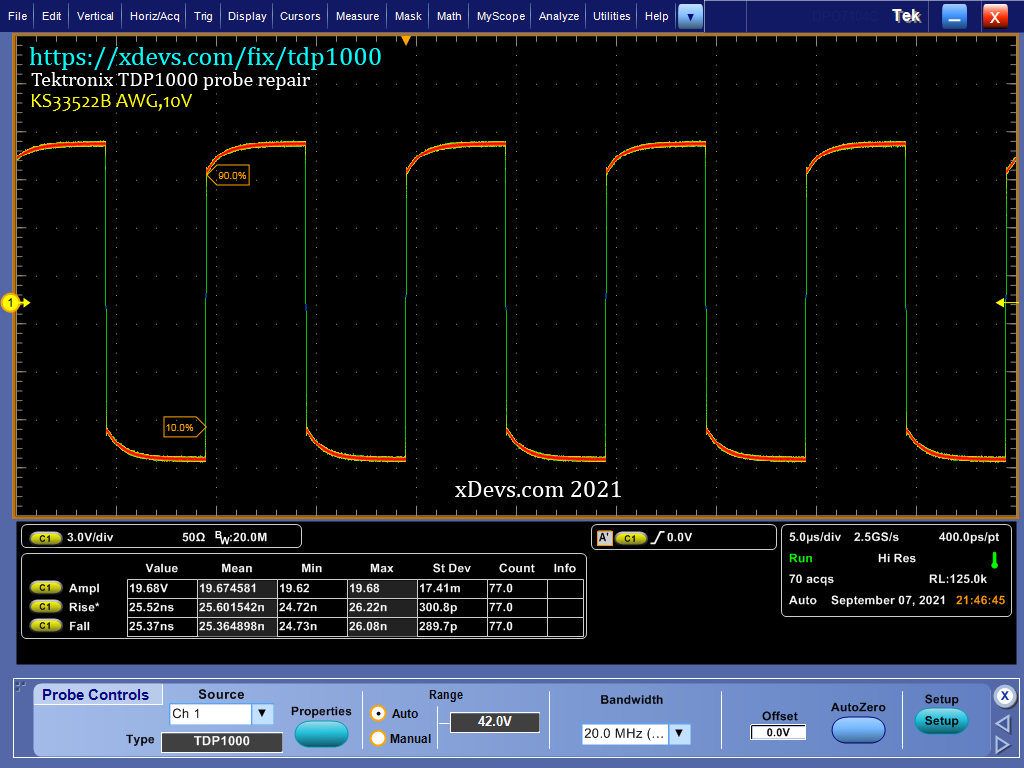
Image : Test of rise/fall time with Keysight 33522B AWG, 9.98V signal, limited to 20 MHz BW
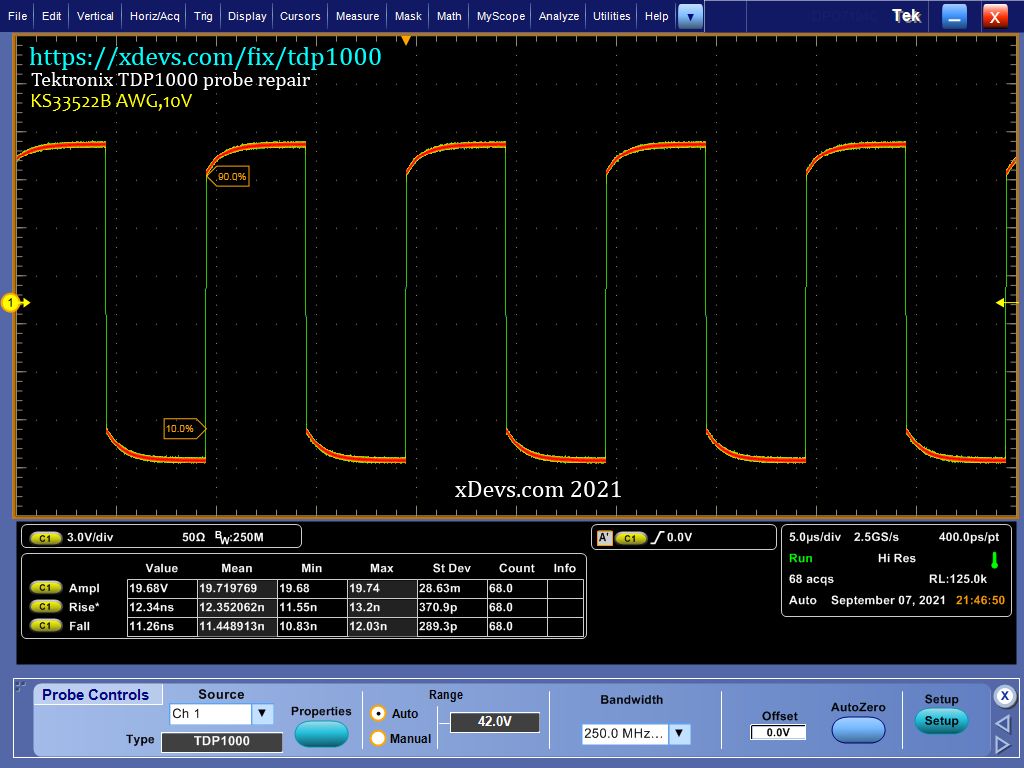
Image : Test of rise/fall time with Keysight 33522B AWG, 9.98V signal, limited to 250 MHz BW
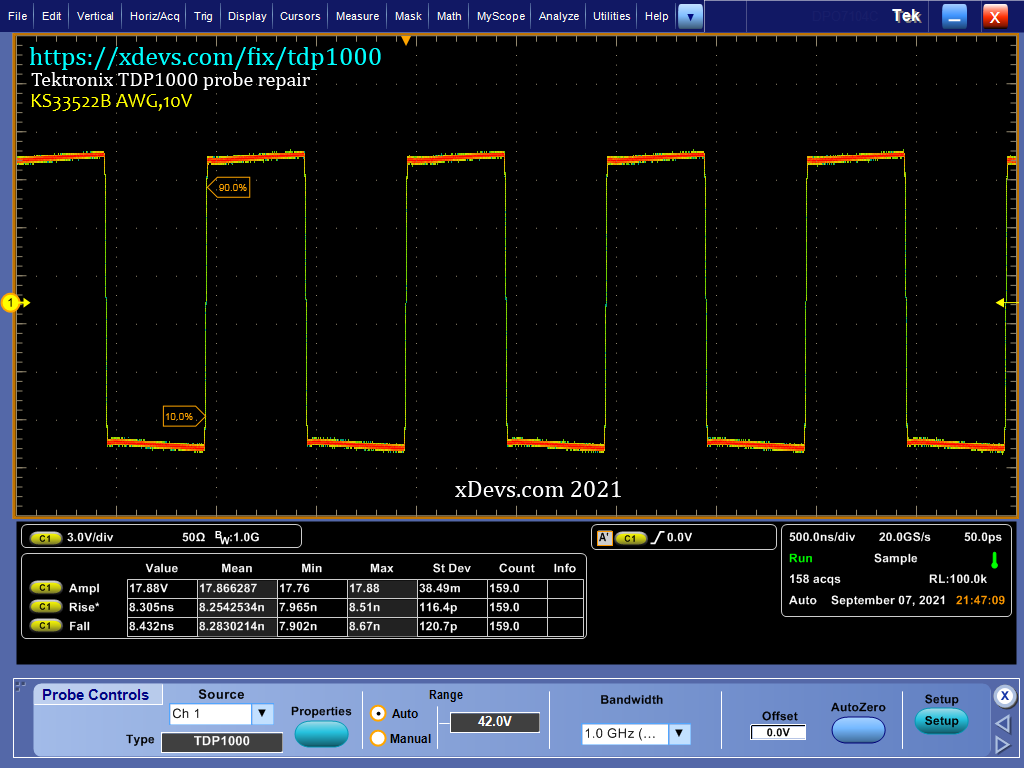
Image : Test of rise/fall time with Keysight 33522B AWG, 9.98V signal, unlimited, 1 GHz BW
Benchmarks with Fluke 5720A calibrator
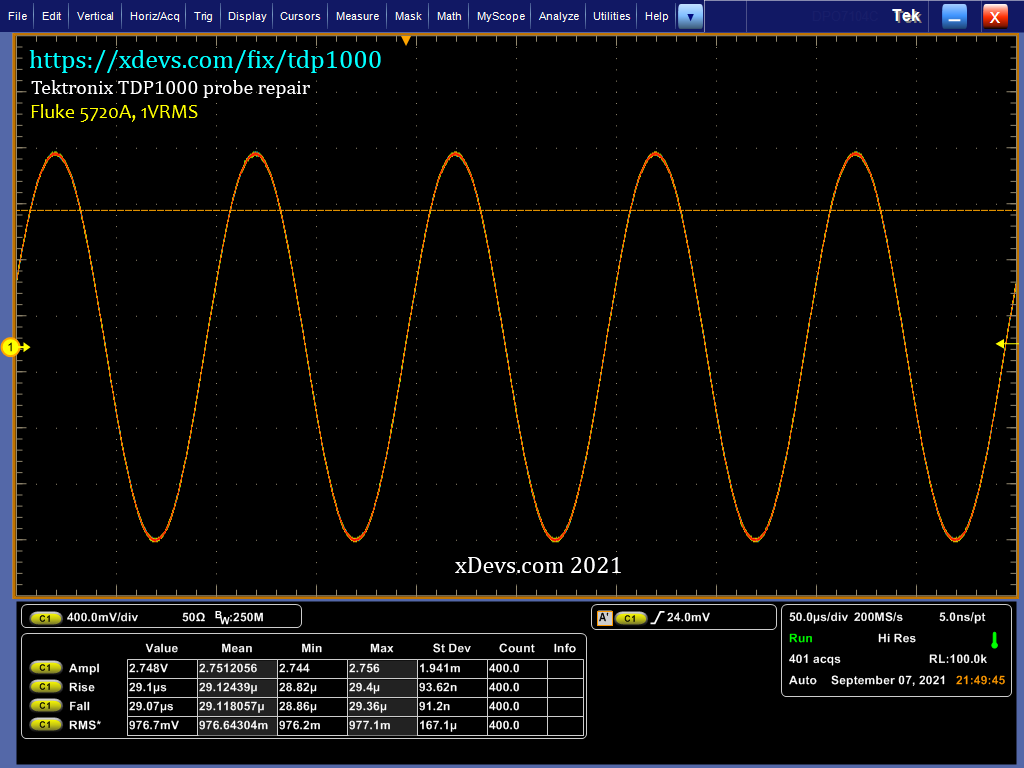
Image : Amplitude verification 1 V RMS 10kHz sine
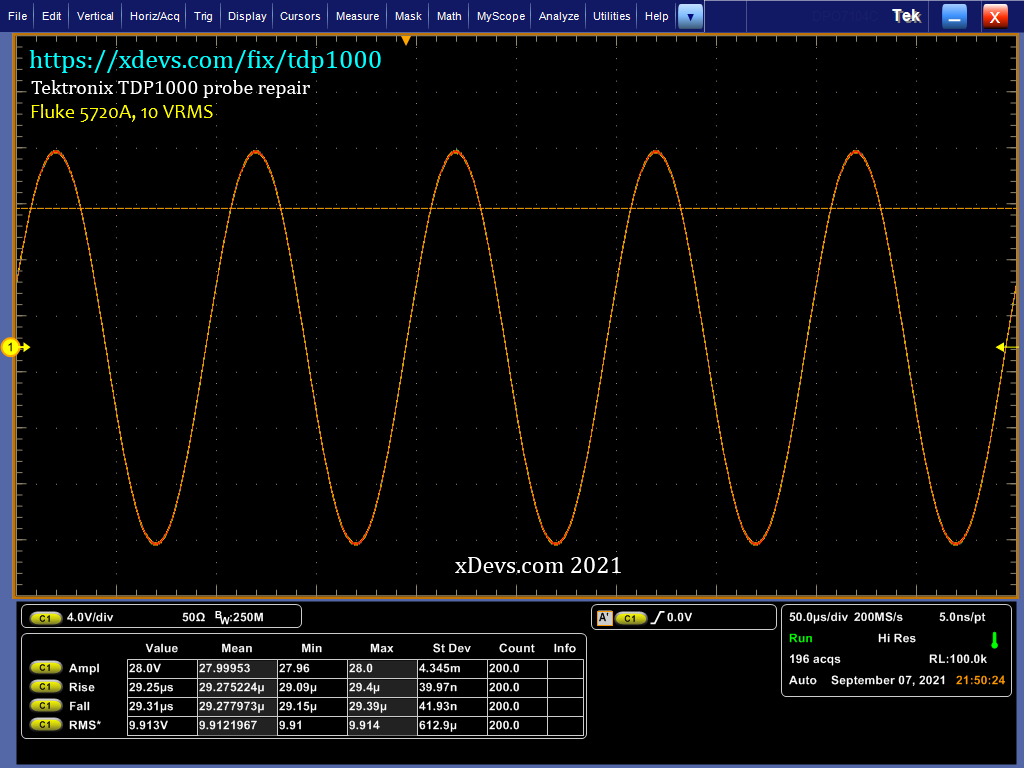
Image : Amplitude verification 10 V RMS 10kHz sine
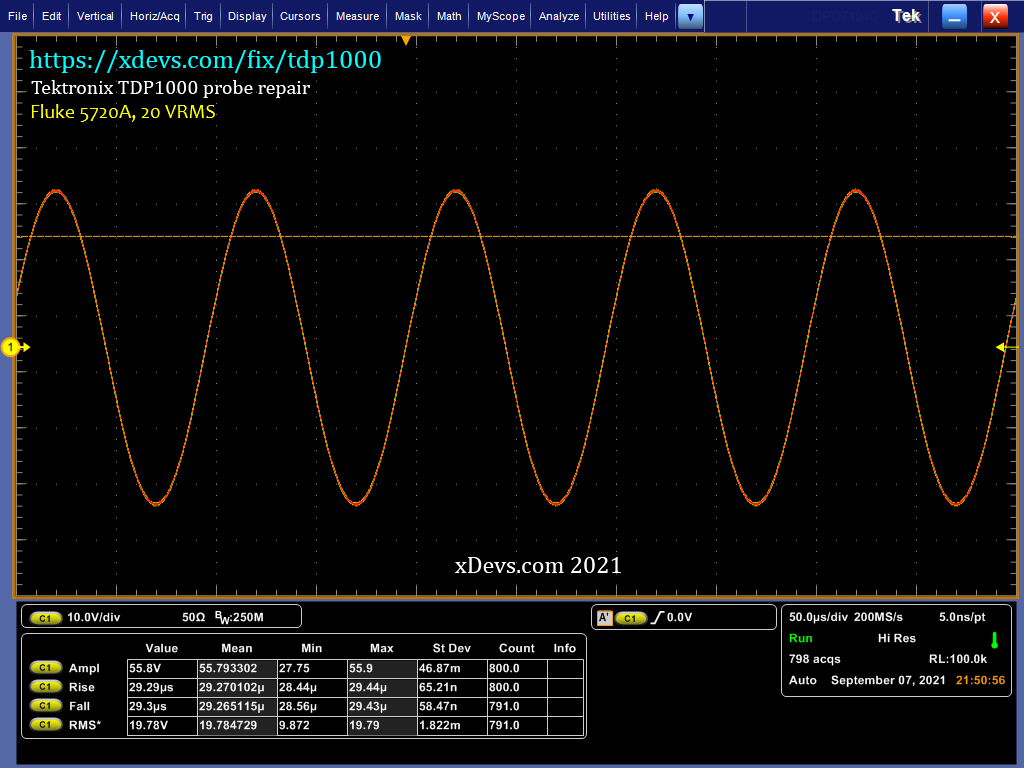
Image : Amplitude verification 20 V RMS 10kHz sine
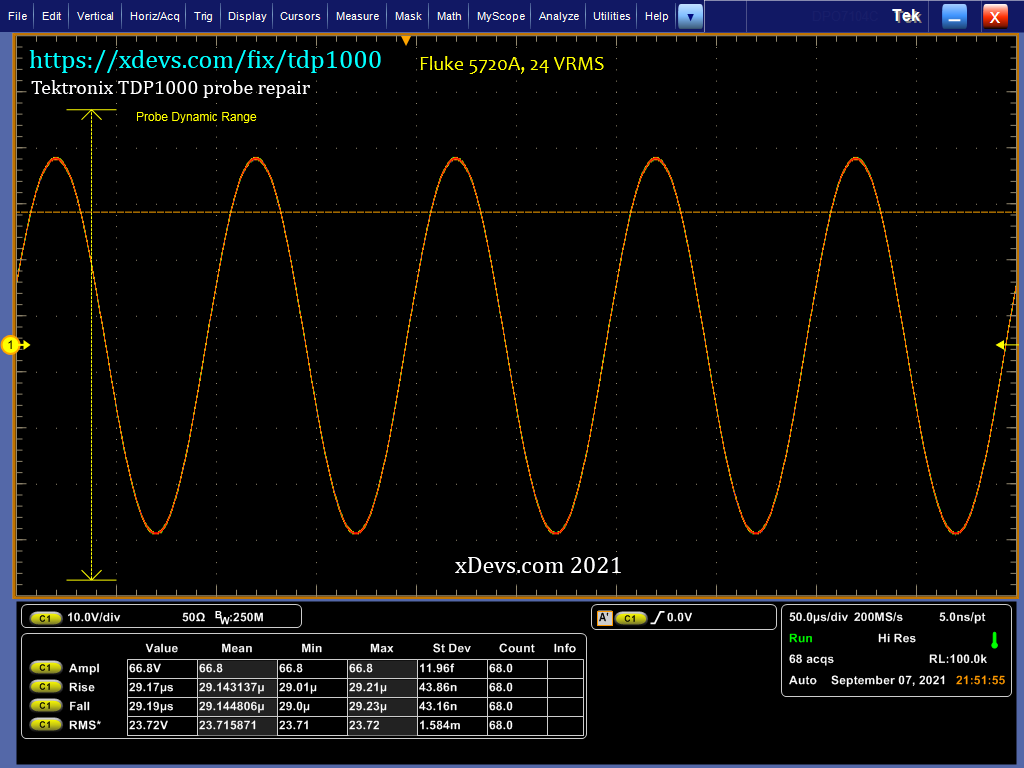
Image : Amplitude verification 24 V RMS 10kHz sine
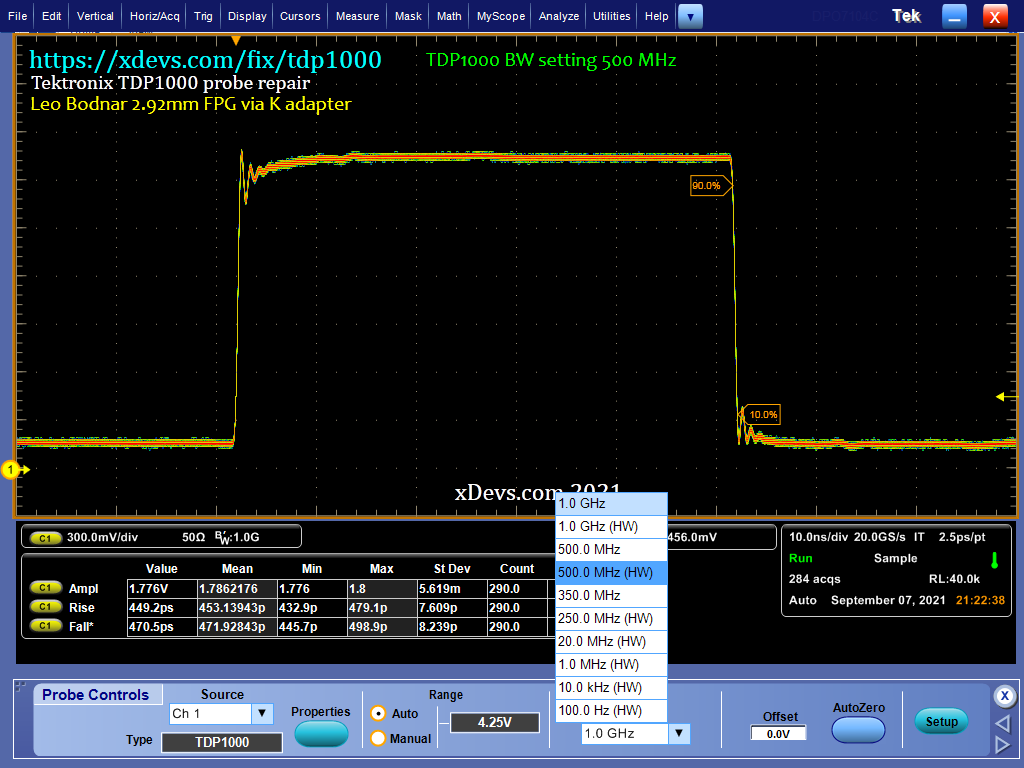
Image : All available bandwidth limit settings on Tektronix DPO7104C with TDP1000 probe
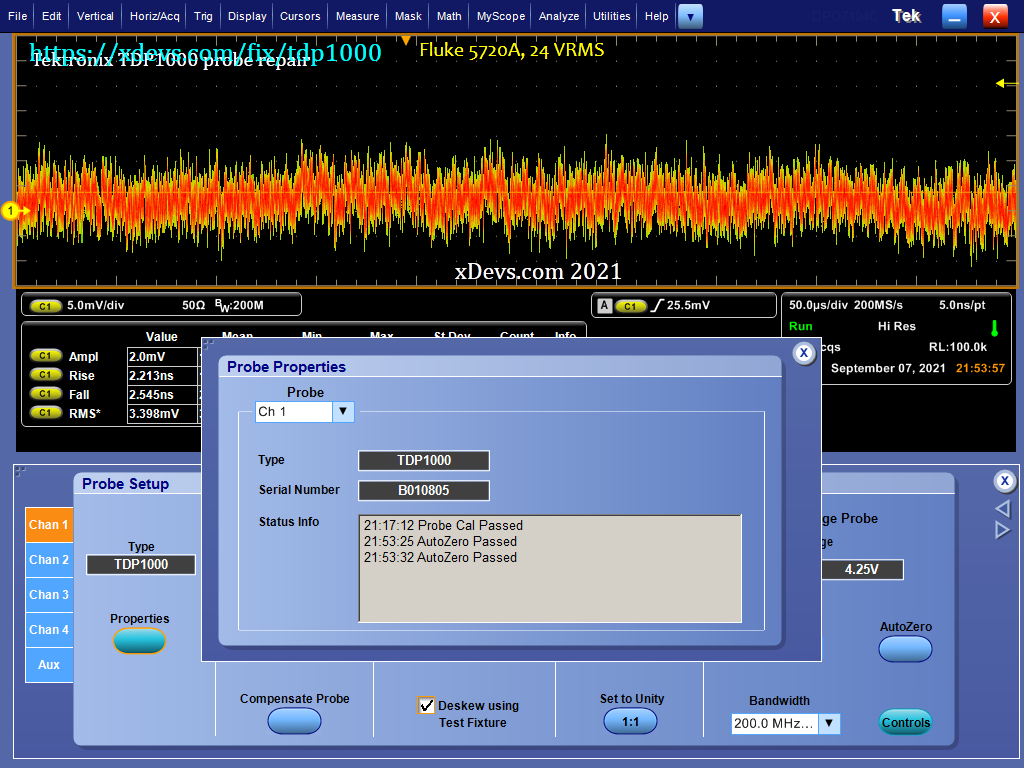
Image : Autozero and calibration test results
Projects like this are born from passion and a desire to share how things work. Education is the foundation of a healthy society - especially important in today's volatile world. xDevs began as a personal project notepad in Kherson, Ukraine back in 2008 and has grown with support of passionate readers just like you. There are no (and never will be) any ads, sponsors or shareholders behind xDevs.com, just a commitment to inspire and help learning. If you are in a position to help others like us, please consider supporting xDevs.com’s home-country Ukraine in its defense of freedom to speak, freedom to live in peace and freedom to choose their way. You can use official site to support Ukraine – United24 or Help99. Every cent counts.
Modified: Sept. 15, 2021, 3:27 a.m.

